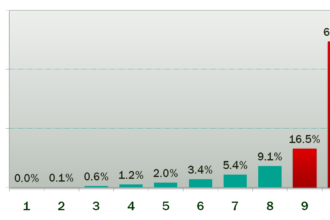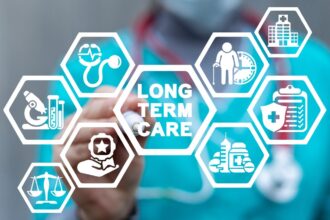The critical nature of prevention is gaining support and health care measures aimed at some of the most vulnerable, and costly populations are starting to take hold as Americans grapple with the most effective approaches to achieving and sustaining long-term wellness. On October 6th the Department of Health and Human Services (HHS) reported that more people are using preventive benefits made available by the Affordable Care Act.
The critical nature of prevention is gaining support and health care measures aimed at some of the most vulnerable, and costly populations are starting to take hold as Americans grapple with the most effective approaches to achieving and sustaining long-term wellness. On October 6th the Department of Health and Human Services (HHS) reported that more people are using preventive benefits made available by the Affordable Care Act. Not only are people with Medicare taking advantage of the new Annual Wellness Visits, but the public and private efforts to close the “donut” hole in Medicare Part D benefits are improving access to medicines needed to prevent disease progression and costly complications for seniors with chronic diseases.
Also late last week, the Institute of Medicine (IOM) released its report to HHS on criteria and methods that can be used in determining the essential health benefits package for the health insurance exchanges. The report is available online at http://www.iom.edu/Activities/HealthServices/EssentialHealthBenefits.aspx. After a series of public listening sessions and serious consideration of the IOM’s recommendations, HHS is expected to issue a final ruling on essential benefits by year end. In line with IOM’s recommendations, prevention and chronic disease management will likely be foundational in the final rule.
Additionally, advancements in healthcare information technology (HIT) have become increasingly vital in raising awareness of and preventing chronic disease.
- As the Obama administration promotes its electronic medical records (EMR) program, U.S. researchers have recently found that the implementation of EMR “can help doctors give their patients the best care,” specifically when it comes to patients with diabetes. According to an article in the National Journal, researchers at Case Western Reserve University “found that more than half of diabetes patients got the best care as measured by four standards if their providers used electronic health records.” The study also suggests how EMRs can improve the management of chronic conditions, which are one of the largest cost-drivers in the American healthcare system.
- HIT is increasingly relied on as an essential tool in both the public and private sectors for improving and expanding care as well as lowering costs. Government Health IT reports that registrations have exceeded 100,000 for the Medicare or Medicaid electronic health record (EHR) incentive program according to the Centers for Medicare and Medicaid Services (CMS), and that 33 states have opened their Medicaid EHR systems. In the private sector, MSNBC reports on the recent partnership of Duke University and Verizon Connected Healthcare Solutions to identify opportunities and pursue technologies that help improve care and efficiencies as well as lower costs.
In November, the Partnership to Fight Chronic Disease (PFCD) will be convening influencers and thought leaders in health care IT for an event in Washington, D.C. to examine how we can use the abundance of information and resources available to us to improve health care efficiencies throughout the health care systems in our country. We look forward to sharing the details with you as the event nears.








